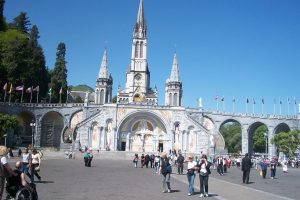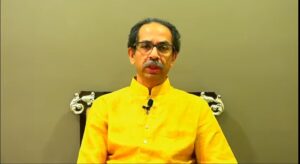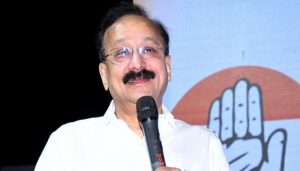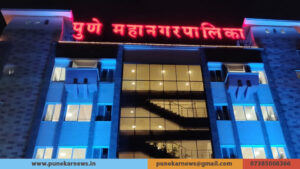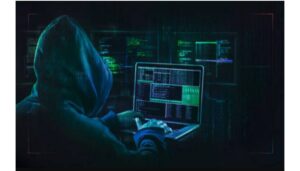Rajiv Gandhi would have been alive today….had security guards been as alert as they were in my case
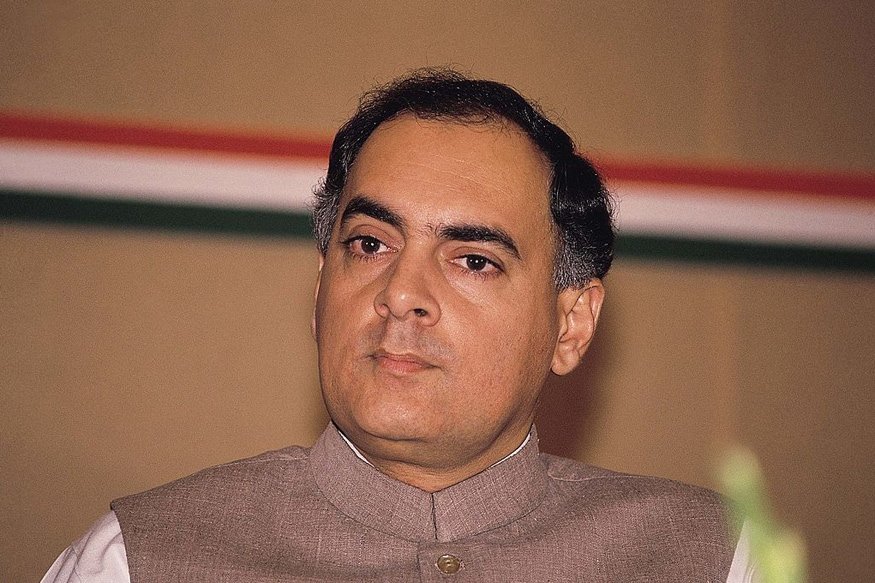
Camil Parkhe
Pune, 21st May 2021: As a journalist, I have been privileged to have come into close contact, interacted, interviewed or even shaken hands with prime ministers, former prime ministers or would-be prime ministers. These comprise Indira Gandhi, PV Narasimha Rao, Atal Behari Vajpayee, Rajiv Gandhi, Vishwanath Pratap Singh and Chandra Shekhar in the same order. I am sure not many journalists of the new generation would be able to equal this feat.
Among the above-mentioned former prime ministers, the entire public life and political career of Rajiv Gandhi was the shortest one, only 11 years, and journalists of my generation were witness to his entire career.
Rajiv Gandhi came into the public gaze for the first time in 1980 after the accidental death of his younger brother, Sanjay Gandhi, whom Prime Minister Indira Gandhi had groomed as her political heir. Much against his wishes, Rajiv then had to give up his career as a pilot to step into the shoes of his younger brother to be the Congress general secretary and also an MP from Amethi. After the brutal assassination of his mother three years later, he was destined to be India’s prime minister, the youngest to occupy the seat, at 40.
The Rajiv Gandhi government announced demarcation of Goa, Daman and Diu Union Territory and full statehood to Goa in 1987. I was then completing a diploma in journalism in Russia and Bulgaria. But I was back in Goa before the Goa statehood ceremony. Prime Minister Rajiv Gandhi attended the statehood ceremony at Campal ground. I however missed the opportunity to cover the prime minister’s function as only two reporters from The Navhind Times were allotted the press passes.
However, I got the opportunity to cover the prime minister’s function when I joined The Indian Express in Pune two years later. The Rajiv Gandhi government had completed its five-year term and general elections were to be held in December 1989. The prime minister was scheduled to address an election rally in Pune and I was issued a reporter’s pass to cover the poll meeting.
As a security measure, all reporters were instructed not to carry anything with us except a notepad and a pen. The entire election meeting venue was barricaded with bamboo sticks and at each entrance, people were thoroughly screened by the security personnel. Our team of journalists too was stopped at the entrance leading to the press section. The reporters too were being allowed to go ahead only after undergoing frisking. When my turn came, the security person detected something in my trouser pocket. He looked questioningly at me as I took out the small object from the pocket. It was a camera roll that I had planned to take to a photo studio for developing colour photo prints.
My face turned pale and I fumbled for words as the security men told me firmly that I cannot proceed to the press section along with that object. I did not carry a photographer’s pass and there was no reason for me to carry the camera roll at the venue of the prime minister’s rally. No, no, I was not to drop that suspicious object at the rally venue, I would have to go back and dispose it off at some other place, I was curtly told.
By this time, other reporters had proceeded to the press section. Cursing myself for the folly, I turned back, walked through the bamboo barricades for almost half a kilometre and then flung the camera roll far off into the trees along the road. I rushed back, was again frisked by the security men and allowed to join my fraternity members at the press section.
It was getting dark and as I settled into my seat, there was sudden hectic movement at a corner near the raised pandal. `Rahul Gandhi has come’, were the words being said by some people with unconcealed excitement. I saw a bespectacled teenager, clad in white pyjama and white Nehru shirt stepping down briskly from a makeshift ladder. Rahul disappeared from our sight even before the team of photographers could adjust their camera shutters.
When Prime Minister Rajiv Gandhi began his speech, it was past 7 pm. In the lit up podium, we from the press section could see him clearly, turning to various directions to establish rapport with the large assembly. Sometimes he paused to sip water kept near him, occasionally he wiped out sweat from his face with the white scarf around his neck. My Indian Express colleague reporter Naren Karunakaran was assigned to cover the speech while my assignment was to report the sidelines of the election rally.
The next day, The Indian Express carried the prime minister’s speech and photo on the front page and continuation of the story and rally highlights were carried on the inside pages. In the sidelights, I had mentioned the presence of young Rahul Gandhi. I had also mentioned that Prime Minister Rajiv Gandhi was visibly tense with the prevalent hostile political atmosphere against his government as he continued to wipe out the sweat on his face and repeatedly drank water during his speech. Our newspaper, forever known for its anti-establishment stance, had typically carried this small sidelight prominently in a box item.
A couple of days later, we journalists in Pune travelled in cars to attend some event. As soon as he settled into the seat beside the car driver, Kiran Thakur of The Indian Post asked me, “Camil, who filed the box news story on Rajiv Gandhi in The Indian Express?”
When I replied that it was my story, he said. “But isn’t it natural for an orator speaking for over half an hour to sip water in between or clean his face with a cloth? It was not proper to infer from this act that Rajiv was tense or scared because of the hostile political atmosphere. Camil, let me tell you frankly it was ethically not right. That is not journalism!”
There was truth in what Kiran Thakur, who later became the head of the journalism course at Savitribai Phule Pune University (SPPU), was telling. I could not defend or justify the box news item. To this date, I am ashamed of the content of the box news story I had filed that day.
The Congress-led by Rajiv Gandhi lost power in the 1989 elections and Vishwanath Pratap Singh was elected the next prime minister. A few months later, Rajiv Gandhi, now leader of the Opposition, addressed a press conference at the Mahratta Chamber of Commerce and Industries hall on Tilak Road in Pune. Senior journalists including Gopalrao Patwardhan, Kiran Thakur and Rajiv Sabade had penned down a few questions in English and Hindi for Gandhi and distributed them among us journalists. On behalf of The Indian Express, I too read out a question and Rajiv Gandhi replied to it.
At the end of the press meet, Rajiv Gandhi stood at the hall entrance and shook hands with all the press personnel present there. When it was my turn, I introduced myself as “Camil Parkhe from Indian Express.” He smiled as he shook hands with me. That smiling face of Rajiv Gandhi is fresh in my mind to this date.
Nearly two years later, Rajiv Gandhi was assassinated at an election rally at Sriperumbudur, near Chennai. As it became clear that a teenage girl, Dhanu, welcoming the former prime minister with a garland was his assassin, an earlier incident flashed before me. I instinctively recalled the scene when I was denied entry at the Rajiv Gandhi election rally in Pune because I carried a camera roll in my trouser pocket.
The refusal of the security personnel to allow me to carry that tiny object to the press section which was around 200 metres away from the dais was a very minor incident. Although initially upset, I had totally forgotten the incident because after disposing of the objectionable object, I was able to attend the election rally.
This otherwise insignificant event immediately turned memorable for me in the contest of the circumstances in which Rajiv Gandhi was brutally assassinated. Had the security personnel been as alert and vigilant then, the assassination of Rajiv Gandhi at the hands of the human bomb in the person of Dhanu would have been averted.

(Camil Parkhe is a senior journalist based in Pune. He started his journalism career in Goa and has worked in various newspapers in different capacities.)



